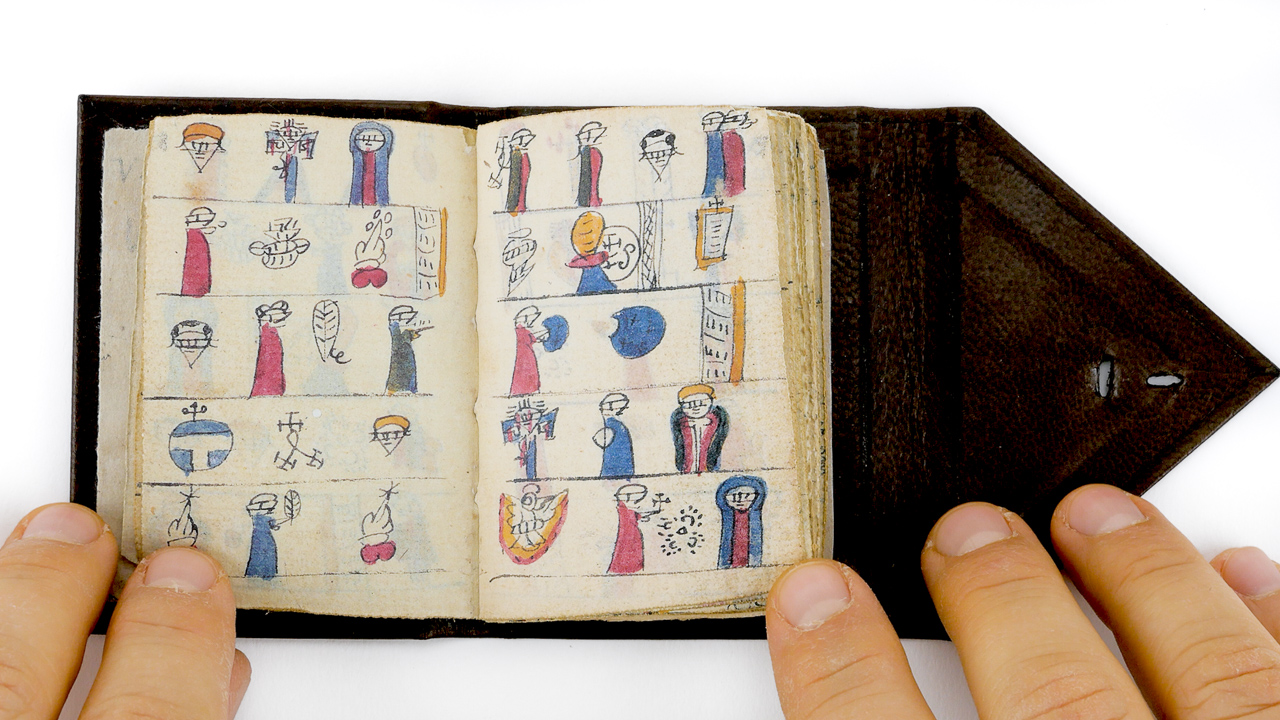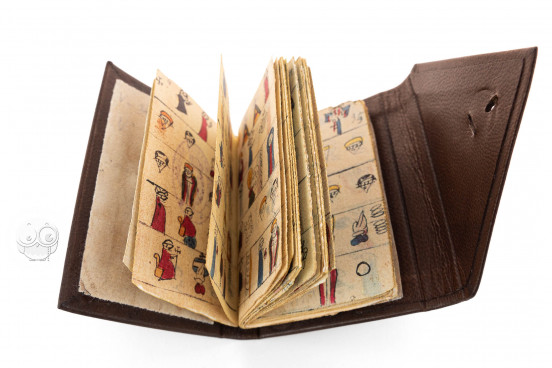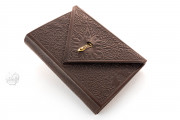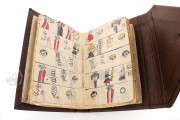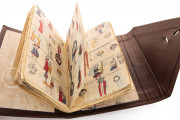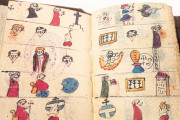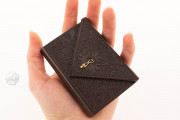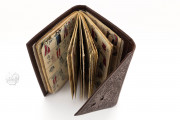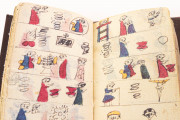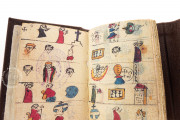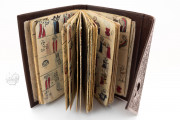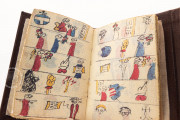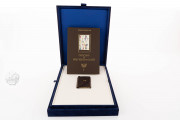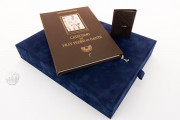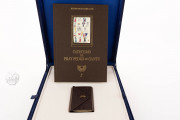The Catechism of Fray Pedro de Gante is a small picture book dating from around 1525 to 1528. It was made under the direction of the Franciscan lay brother Pedro de Gante (1491-1572), probably at Tetzcoco, where Gante had founded a school for teaching Christian doctrine, reading, writing, and music to indigenous Mesoamericans. It is the earliest surviving Testerian, a pictorial catechism. It features 1162 small images, most of which draw on European Christian tradition to represent objects and concepts.
The manuscript lies at the beginning of a centuries-long postcolonial tradition of creating instruments, either books or large cloths, that adapt the pictographic artistic tradition of ancient Mesoamerica to a new and heterogeneous artform.
Adaptation of Traditional Pictographs
The Catechism of Fray Pedro de Gante appears very much like a Mesoamerican pictographic screenfold manuscript, with images arranged in registers articulated by thin horizontal lines. Unlike the screenfolds, the book is a codex—a book of folded sheets sewn at the spine—and all the images proceed from left to right. The pages are articulated throughout into five registers, with three images in each register. Most of the images are iconic: they resemble the person or concept they are meant to invoke. There are, however, some images that draw on the more obscure relationship between shape and sense characteristic of the native tradition.
Two Painters
The manuscript comprises two sections. The larger (pp. 1-65 + p. 83) was made first, and the smaller (pp. 67-82) was probably created to supplement the original content. That supplemental section shares the layout and the palette of red, blue, green, and yellow of the first sixty-five pages. It is the work of a different artist, whose colors are less bright but whose images have clearer intent. Although the inspiration for the small vignettes came from native tradition, the artists' technique is quite different, with color applied by both artists in washes, with the green made by painting yellow over blue.
Catholic Teachings without Language
Except for Pedro de Gante's signature (p. 83) and the names "Jesus" and "Maria" (p. 80), there is no text in the catechism. It is probable that the images, which can be "read" in any language, were meant as cues for Nahuatl speakers to recite the prayers and statements of Christian faith in their native language. Among the catechism's "texts" are the Lord's Prayer, the Ave Maria, the Apostles' Creed, a question-and-answer text on the doctrines of the faith, the Ten Commandments, and the Acts of Mercy. All the texts are rendered as images, among which can be recognized God the Father; the crucified Christ; the Virgin Mary; Saints Peter and Paul; the Archangel Michael; the dove of the Holy Spirit; churches; and altars.
A Find of the Nineteenth Century
The manuscript was purchased by the Archivo Histórico Nacional in 1880 from an anonymous seller. It was transferred to the Museo Nacional de España in 1896.
We have 1 facsimile edition of the manuscript "Catechism of Fray Pedro de Gante": Catecismo de Fray Pedro de Gante facsimile edition, published by Testimonio Compañía Editorial, 1992
Request Info / Price
